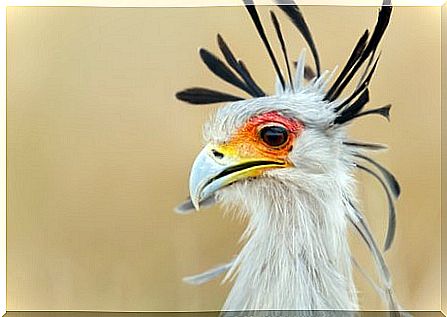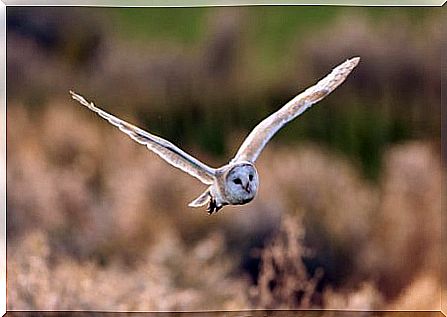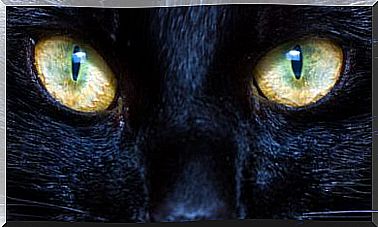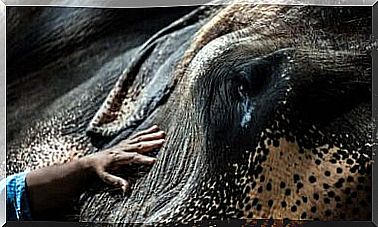Birds Of Prey: Learn More About These Animals

Birds of prey are some of the most admired birds in the animal world. They are not part of a specific taxonomic group. In fact, they are part of a group of species that have in common the fact that they are carnivores. These birds are trained in the art of falconry .
Common characteristics of birds of prey
Most of these birds have a curved beak, which allows them to tear the flesh from their prey. They also have strong claws that allow them to capture small animals. Thus, by pinning their prey to the ground, they can tear their flesh with their beaks.
All species of birds of prey have an extremely keen sense of vision compared to other animals. They have large eyes, with which they can detect small prey such as rodents. Even so, some species, such as the golden eagle, can capture larger prey, such as lambs.
nocturnal birds of prey
The nocturnal birds of prey are known as owls or owls, also called strigid and titoni, respectively. These birds are characterized by having adaptations that improve their hearing and reduce the noise they make when flying.
These animals are more active at night, so their hearing is much more important than their eyesight. Thus, its face is rounded and its beak is short. This reduces any interference to the natural satellite dish that the particular shape of your head creates.
This form focuses heavily on the sounds of its prey. Therefore, these animals are very sensitive, even to the smallest movements.

On the other hand, the feathers of many of these species are an authentic work of natural engineering, which even inspired aeronautical engineers.
Your birds have three adaptations. Namely, a band of stiff feathers on the front, a flexible crest on the outside, and a velvety plumage on top.
This makes the flight of nocturnal birds of prey, such as the aluco or the owl, very specialized. These animals have the ability to detect prey under snow. At the same time, they are practically imperceptible to the animals they hunt.
diurnal birds of prey
There are many species of diurnal raptors. The best known are the eagles, because they are the biggest hunters and they spread throughout the planet’s ecosystems. Among them, the imperial eagle and the vulture stand out, in addition to the eagles and hawks, which are notable birds of prey for their size and hunting techniques.
Hawks and kestrels are smaller, but they are the fastest animals in the world. The peregrine falcon can reach 380 km/h. In turn, goshawks and hawks do not reach these speeds, but are very agile and with great maneuverability. This allows them to fly through the trees.

The secretary is the most striking daytime bird of prey because of his plumage. Also, it is the only one that does not hunt in the air. It uses its long paws to strike and trap its fangs. This animal can be found in many African ecosystems, mainly in the southern Sahara.
scavenger birds
These birds can be included among the diurnal birds of prey. The truth is that vultures are very particular birds of prey. Although other birds of prey, such as the kite, can also eat corpses.
In fact, vultures and condors are the genuine experts in this type of food. However, they can hardly kill prey on their own, despite being the biggest birds of prey.
These birds are very heavy. And among them is the Andes condor, considered the largest bird in the world. Also noteworthy is the black vulture, which is the largest bird in Europe in terms of wingspan. This bird is also very present in Spain.
Activity of birds of prey
Birds of prey are greatly threatened by drugs such as diclofenac. In addition, they are also sensitive to toxic substances, such as lead contained in hunters’ bullets. So protecting them is vital.
After all, they fulfill the important ecological function of keeping small mammals, such as rodents, under control. In this sense, they are especially important birds to maintain ecological balance.
In turn, vultures are essential to prevent the spread of disease and contamination of natural water sources. Indeed, the shrinking of their populations has unfortunately produced real humanitarian crises in countries like India.
In short, protecting these birds has many benefits for humans. All the more reason why we must protect the world’s ecosystems.









